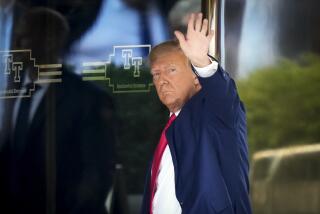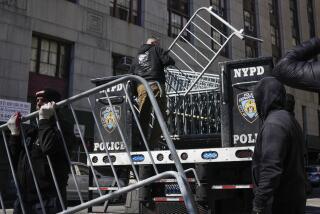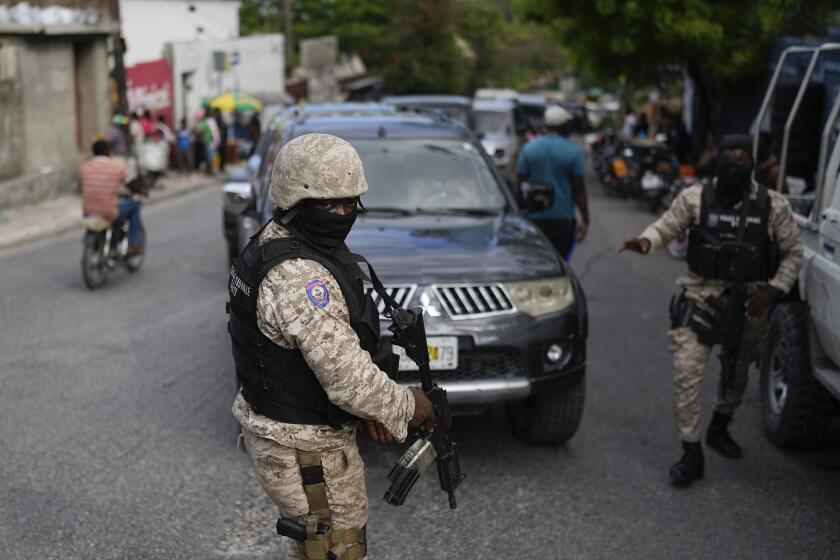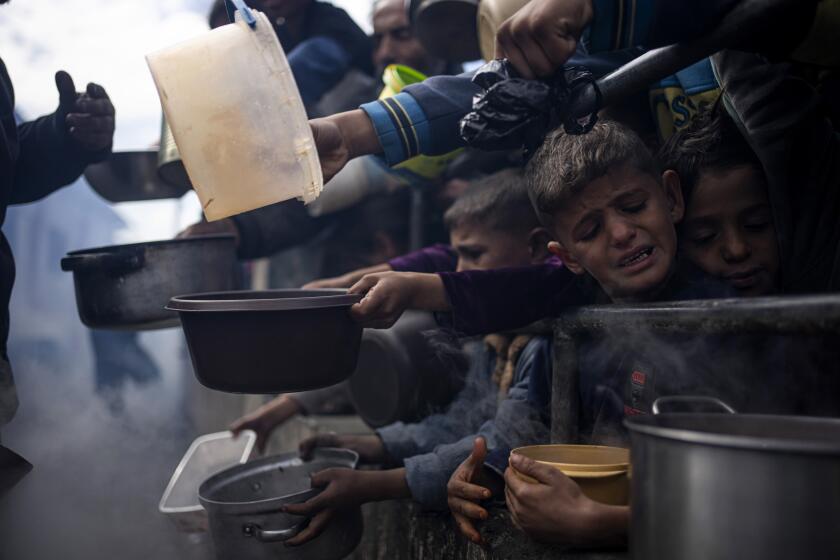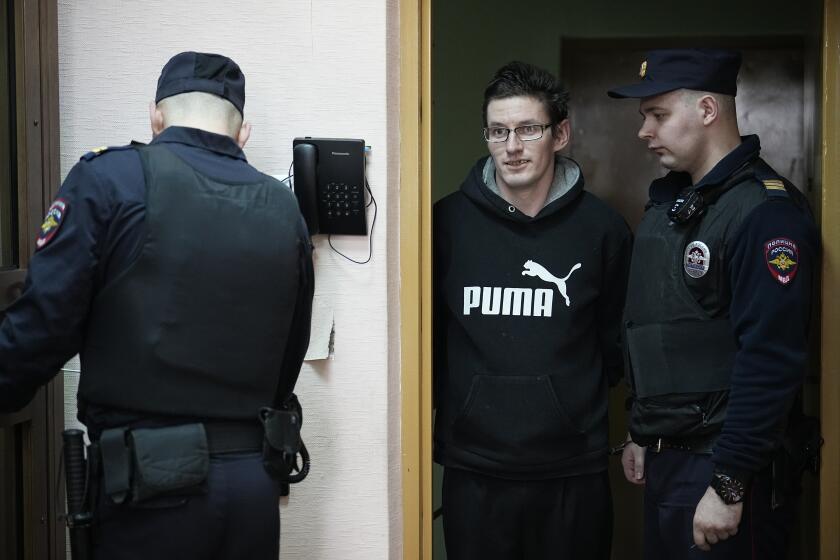New York braces for second night of demonstrations over Garner case
New York braced for a second night of demonstrations Thursday after Mayor Bill de Blasio praised the police response to protests over a Staten Island grand jury decision not to indict a white police officer in the death of Eric Garner, an unarmed black man.
The protesters began gathering in Foley Square in Manhattan and other cities were expecting protests similar to those on Wednesday when 83 people were arrested in peaceful demonstrations in New York.
De Blasio said New York police had struck the right tone in handling protesters Wednesday night and the mayor again called for better police training.
“A whole generation of officers will be trained in a new way,” he said as he and Police Commissioner William Bratton outlined previously announced plans to teach officers how to communicate better with they people they watch.
Speaking after a tour of the new Police Academy in College Point, Queens, de Blasio, accompanied by Bratton, watched as instructors discussed how police were allowed to take down suspects, a key issue in the Garner case where critics said police used an improper chokehold that led to the African American man’s death.
“Fundamental questions are being asked and rightfully so,” de Blasio said, adding, “This tragedy is raising a lot of tough questions.”
“People need to know that black lives and brown lives matter as much as white lives,” said the mayor who has spoken eloquently on race relations and how fear of police has touched his family. De Blasio is married to a black woman and they have children.
“All we want, all of us together, is to know everyone will be kept safe. That’s all it comes down to,” de Blasio said.
He praised police for response to Wednesday night’s protests, calling it exactly the right tone.
“The way we go about policing has to change. It has to change in this city, has to change in this country.”;
De Blasio’s comments come as the nation has been trying to deal with a series of high-profile incidents in which African Americans died at the hands of police in New York, Cleveland and Ferguson, Mo., and where police practices in minority communities have come under increasing scrutiny. Grand juries in recent days have refused to charge officers in Ferguson and New York, setting off waves of protests across the country.
“When it comes, as we’ve seen, unfortunately, in recent days, to our criminal justice system, too many Americans feel deep unfairness when it comes to the gap between our professed ideals and how laws are applied on a day-to-day basis,” President Obama said on Thursday, at a higher education symposium in Washington.
The Obama administration has also called for more training and the use of body cameras by police to provide a clear and impartial record of all confrontations. A video of the Garner confrontation with New York police Officer Daniel Pantaleo went viral after the incident on July 17.
The video shows Pantaleo with his arm wrapped around Garner’s neck during an altercation on a Staten Island sidewalk. Activists argue that Pantaleo used a chokehold that has been banned by New York police for decades. The officer’s supporters reject that contention.
A New York court on Thursday released a limited amount of information about the secret grand jury investigation, including the number of witnesses who testified and the number of exhibits submitted into evidence. The four-page document largely contains Richmond County Dist. Atty. Daniel Donovan Jr.'s appeal for the release of the information and is the only document that will be publicly available in connection with the case, according to David Bookstaver, a spokesman for the city's office of court administration.
According to the court filing, the grand jury sat for nine weeks and heard testimony from 50 witnesses -- 22 were civilians and 28 were either police officers, first-responders or medical personnel. Sixty items were submitted into evidence, including videos of the alleged chokehold, NYPD memorandums and written policies, Garner’s medical records, crime scene and autopsy photographs and records concerning NYPD training policies and procedures, according to the court documents.
The disclosure did not include transcripts of testimony, Garner’s autopsy report or any other specific evidence.
According to the ruling authored by Richmond County Supreme Court Judge Stephen Rooney, Donovan sought only a “limited public disclosure, and most of the material petitioner seeks to publicly disclose has already been widely reported in the media.”
A spokesman for Donovan did not immediately respond to questions about the application for the release of grand jury information. In a statement, Donovan said he would make no further public comments about the investigation or Garner’s death.
Donna Lieberman, executive director of the New York chapter of the American Civil Liberties Union, said Donovan’s decision to request the release of limited information does nothing to help thousands of outraged New Yorkers understand what led to the decision not to indict Pantaleo.
“I think that the request for limited information was not a request for what we need in this case, which is transparency, so the public can understand and get the flavor of what happened in the grand jury proceedings without it being censored,” she said. “The limited information that was disclosed is hardly helpful, and shines virtually no light on the critical issues that would further the public discourse.”
With the criminal case closed, the NYPD will now move forward with an internal review of Pantaleo’s actions on the day Garner died, according to spokesman Lt. John Grimpel.
Pantaleo will face an administrative trial, which could end with a range of punishments, including his termination from the NYPD, according to Grimpel.
The other officer featured prominently in the video of Garner’s death, Officer Justin D’Amico, will not face an internal affairs probe, Grimpel said. Pantaleo was stripped of his gun and badge after the incident and remains on modified duty, while D’Amico has returned to active duty, Grimpel said.
Pantaleo is still being investigated by the federal government for possible civil rights violations, an inquiry similar to the one launched into former Ferguson police Officer Darren Wilson, who fatally shot an unarmed black man, Michael Brown, 18, on Aug. 9. The Justice Department is also investigating Ferguson police practices, Atty. Gen. Eric H. Holder Jr. said.
The investigation is similar to about two dozen such actions launched in recent years. As in those case, the federal agency works with local officials to find abuses and offer corrections.
“In recent days, millions of people throughout the nation have come together – bound by grief and anguish – in response to the tragic deaths of Michael Brown, in Ferguson, Mo., and Eric Garner, in New York City,” Holder said Thursday. “As I announced last night, the Department of Justice is currently conducting an independent, thorough, fair and expeditious federal civil rights investigation into each of these incidents. And, as President Obama and I have indicated, the time has come to do even more.”
In the Cleveland case, the federal government and Mayor Frank Jackson agreed that both sides will work toward the appointment of a court-appointed monitor to oversee police reforms.
“The investigation concluded that there is reasonable cause to believe that Cleveland police engage in a pattern or practice of unreasonable force in violation of the 4th Amendment,” Holder said during a televised news conference. The Department of Justice also said officers frequently violated people's civil rights because of faulty tactics, inadequate training and a lack of supervision and accountability.
Holder said that among the findings was that Cleveland police used “unnecessary and excessive” deadly force, including shootings and used other unneeded tactics involving Tasers, chemical sprays and fists.
The federal investigation was prompted by several highly publicized police encounters in Cleveland, including the deaths of two unarmed suspects who were fatally wounded when police officers fired 137 shots into a car at the end of a high-speed pursuit in November 2012.
Last week, hundreds of people blocked a Cleveland freeway at rush hour to protest those killings and the recent fatal shooting of a black 12-year-old boy by a white officer in a Cleveland park. Police said the officer thought the boy was holding a firearm, but he actually had an airsoft gun that shoots nonlethal plastic pellets.
That demonstration is part of the national pattern of protests over police responses. In New York, 83 people were arrested overnight during protests of the decision not to charge Pantaleo.
Holder announced in September that he intends to resign but is staying on until the Senate confirms his successor. Obama has nominated Loretta Lynch, the U.S. attorney for the Eastern District of New York.
It will be Lynch, if she is confirmed, who will oversee the investigation of the Garner case.
Civil rights activists on Thursday launched a national campaign modeled on the 1960s civil rights movement to press the federal government to intervene in cases of alleged police abuse.
“Marches and boycotts led to the '64 Civil Rights Act,” the Rev. Al Sharpton, head of the National Action Network, said after a meeting with other leading activists in his Harlem headquarters. They included Urban League President Marc Morial and Cornell Brooks, the president of the NAACP.
Both Sharpton and Morial said the time for scattered protests was over and the need for a major movement focused on one goal – getting the federal government to automatically intervene in cases alleging police abuse – was needed.
“The urgency of the moment is underscored, underscored certainly by the untimely, unfortunate killing of Eric Garner by a New York police officer and the travesty of justice by the Staten Island grand jury not to hold that officer accountable,” Morial said at the news conference. “This reawakening is underscored by the killing of Michael Brown in Ferguson, Mo., and the decision again by a state grand jury, which refused to indict officer Darren Wilson.”
Susman reported from New York and Muskal and Queally reported from Los Angeles. Kathleen Hennessey contributed from Washington.
More to Read
Start your day right
Sign up for Essential California for news, features and recommendations from the L.A. Times and beyond in your inbox six days a week.
You may occasionally receive promotional content from the Los Angeles Times.

